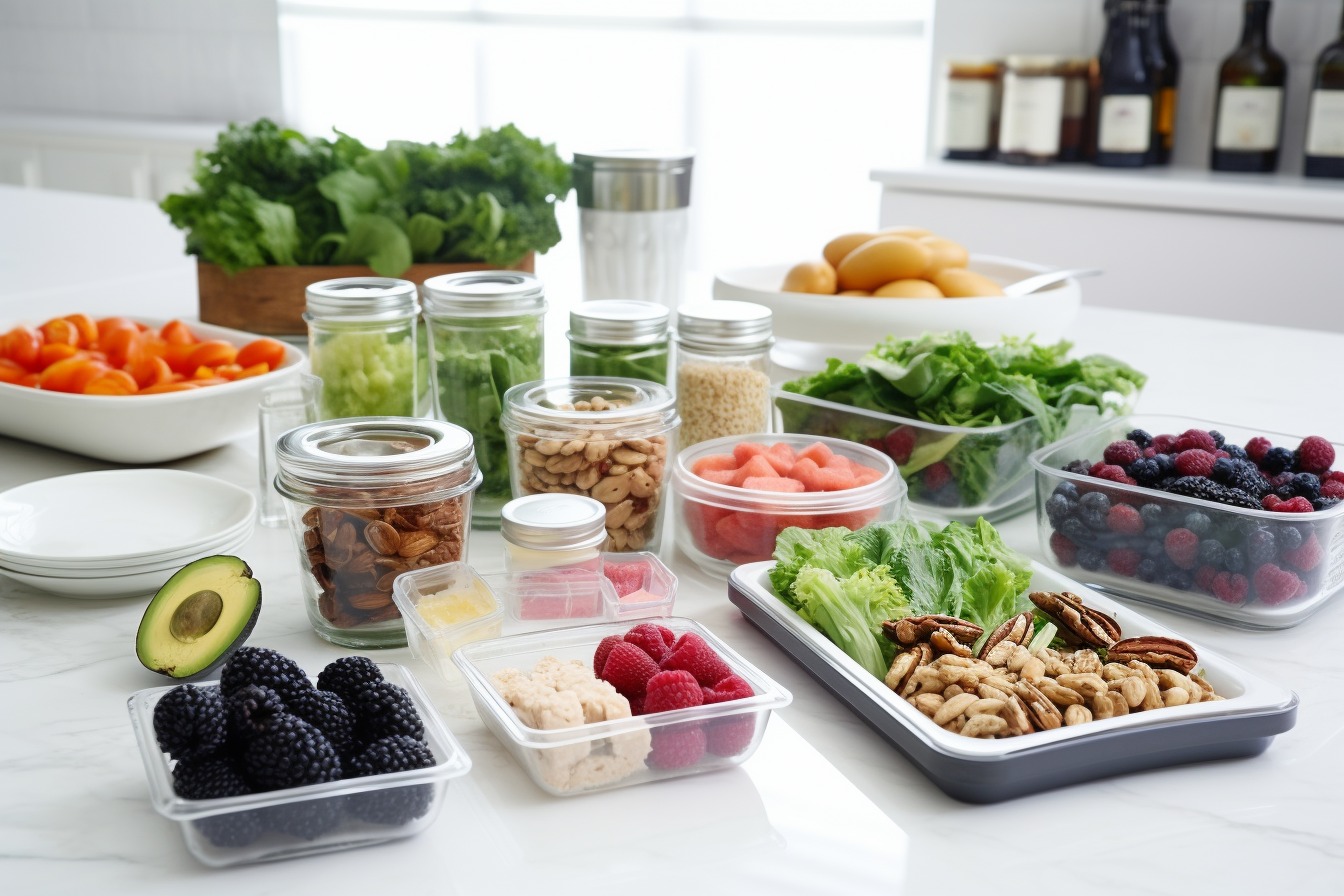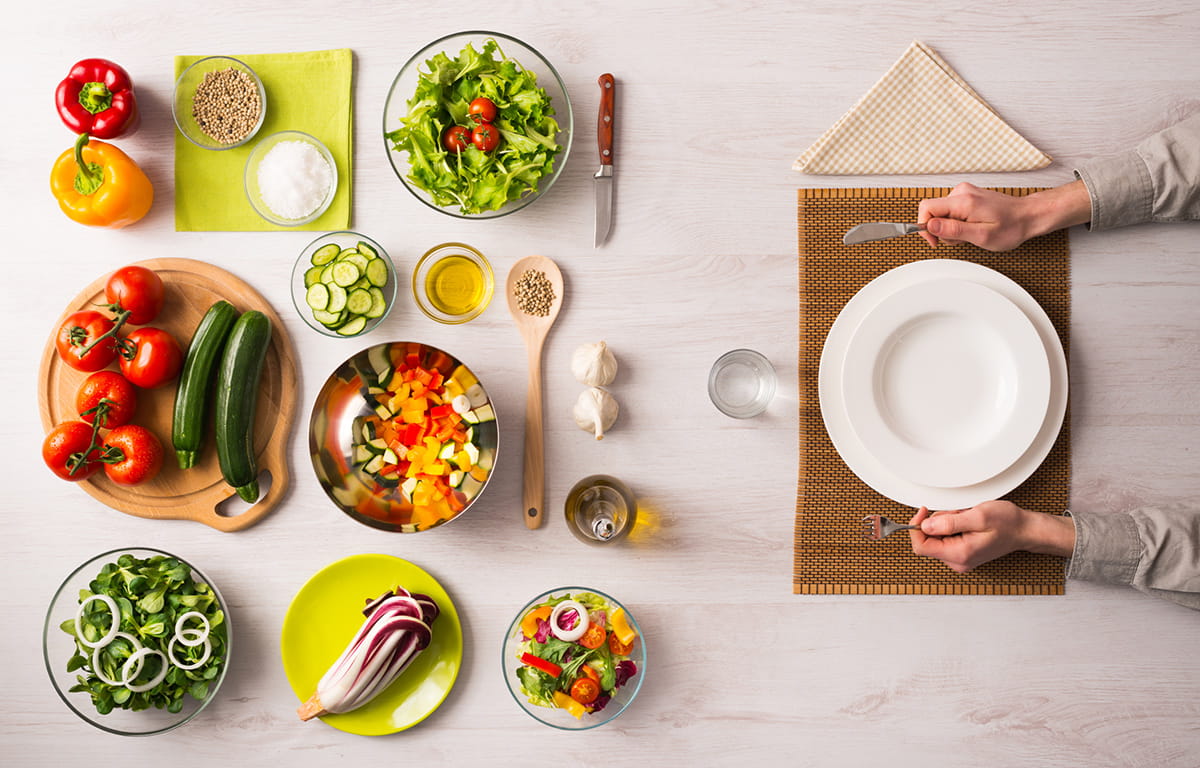Understanding Portion Sizes
When it comes to maintaining a healthy diet, portion control is key. Understanding the correct portion sizes for different types of food can help you manage your weight and ensure that you are getting the right balance of nutrients. Here are some tips on how to eat correct portion sizes:
Use Your Hands as a Guide
One simple way to estimate portion sizes is to use your hands as a guide. For example:
- Protein: A serving of meat or fish should be about the size of your palm.
- Vegetables: Aim for at least two handfuls of vegetables with your meals.
- Carbohydrates: A serving of rice, pasta, or grains should be about the size of your clenched fist.
- Fats: Limit added fats like butter or oil to the size of your thumb.
Avoid Super-Sized Portions
In today’s world, super-sized portions have become the norm. It’s important to be mindful of portion sizes when eating out or preparing meals at home. Here are some tips to help you avoid overeating:
- Read Labels: Pay attention to serving sizes on food labels to avoid consuming more than you need.
- Use Smaller Plates: Eating from a smaller plate can help trick your brain into feeling satisfied with smaller portions.
- Avoid Buffets: All-you-can-eat buffets can lead to overeating, so it’s best to avoid them if you’re trying to control your portion sizes.
Listen to Your Body
Learning to listen to your body’s hunger and fullness cues is an important part of portion control. Here are some tips to help you eat mindfully:
- Eat Slowly: Take your time to savor each bite and give your body a chance to register fullness.
- Stop When You’re Full: Pay attention to how your body feels and stop eating when you feel satisfied, even if there is food left on your plate.
- Avoid Emotional Eating: Try to identify the difference between physical hunger and emotional hunger, and only eat when your body truly needs nourishment.
Plan Your Meals
Planning your meals in advance can help you control portion sizes and make healthier choices. Here are some tips for meal planning:
- Use Portion-Controlled Containers: Invest in portion-controlled containers to pre-portion snacks and meals for the week.
- Include a Variety of Foods: Aim to include a balance of protein, vegetables, carbohydrates, and fats in each meal to ensure you are getting a well-rounded diet.
- Don’t Skip Meals: Skipping meals can lead to overeating later in the day, so try to eat regular, balanced meals and snacks throughout the day.
Final Thoughts
Understanding correct portion sizes is an important part of maintaining a healthy diet. By using simple strategies like using your hands as a guide, avoiding super-sized portions, listening to your body, and planning your meals, you can take control of your portion sizes and make healthier choices for your body.











